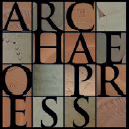
Publishing Scholarly Archaeology since 1997
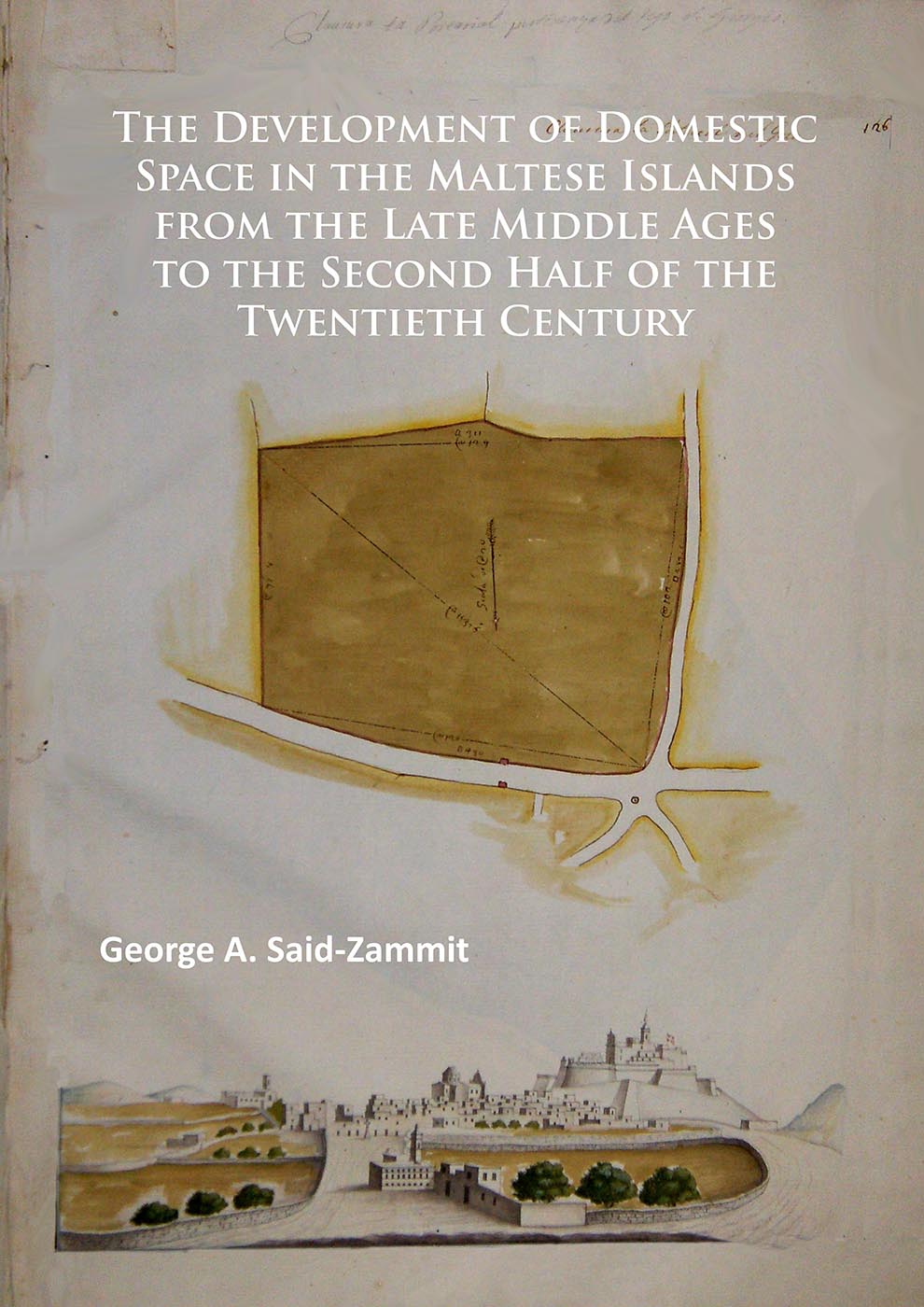
Download Sample PDF
H 290 x W 205 mm
396 pages
Illustrated throughout with 132 colour plates
Published Aug 2016
ISBN
Hardback: 9781784914394
Digital: 9781784913922
Unknown Product Form:
Paperback:
Paperback: 9781784914394
Paperback: 9781784913915
Keywords
Domestic space; Medieval; Modern; Early Modern; Vernacular; polite house; middle ages
Related titles
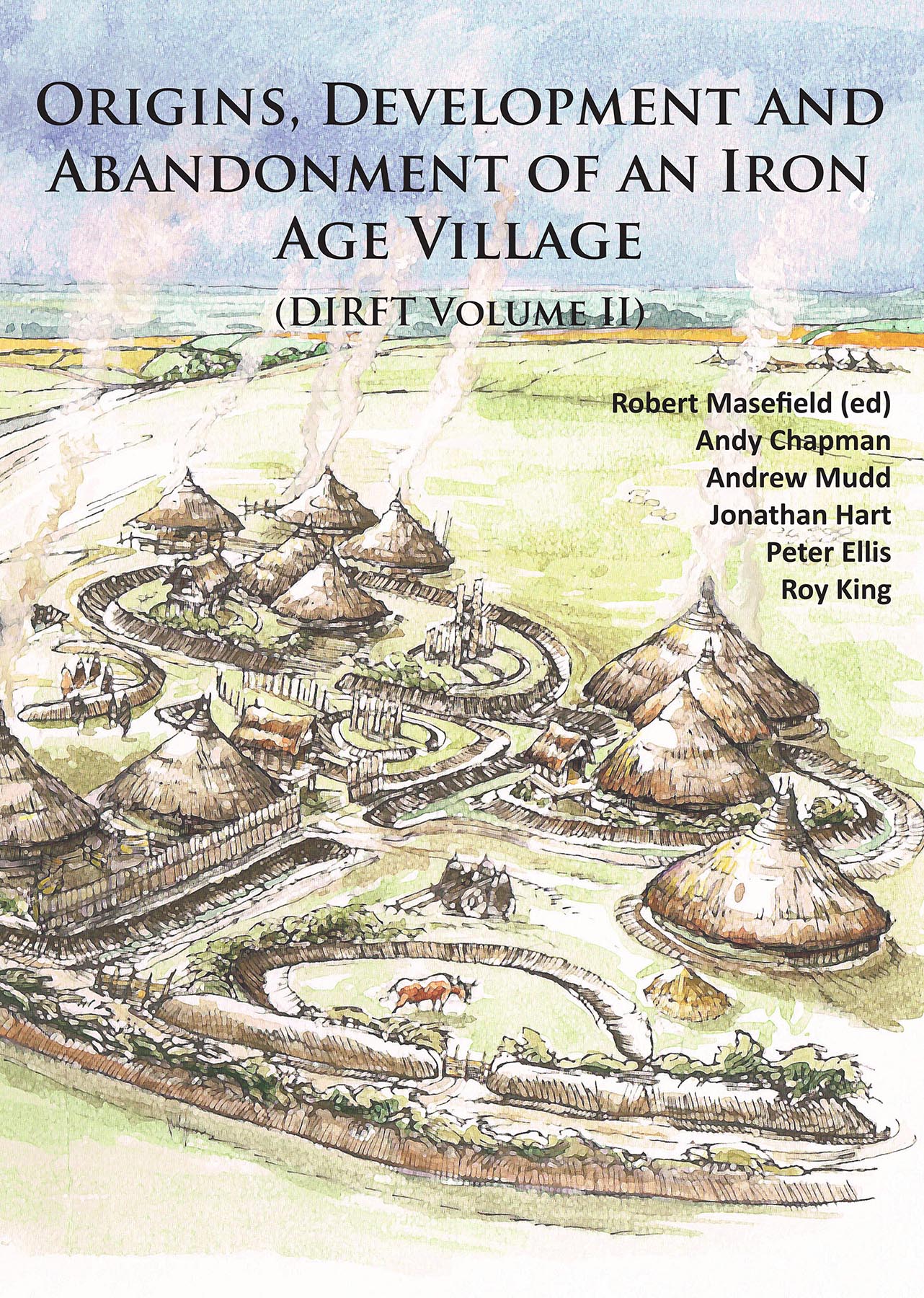
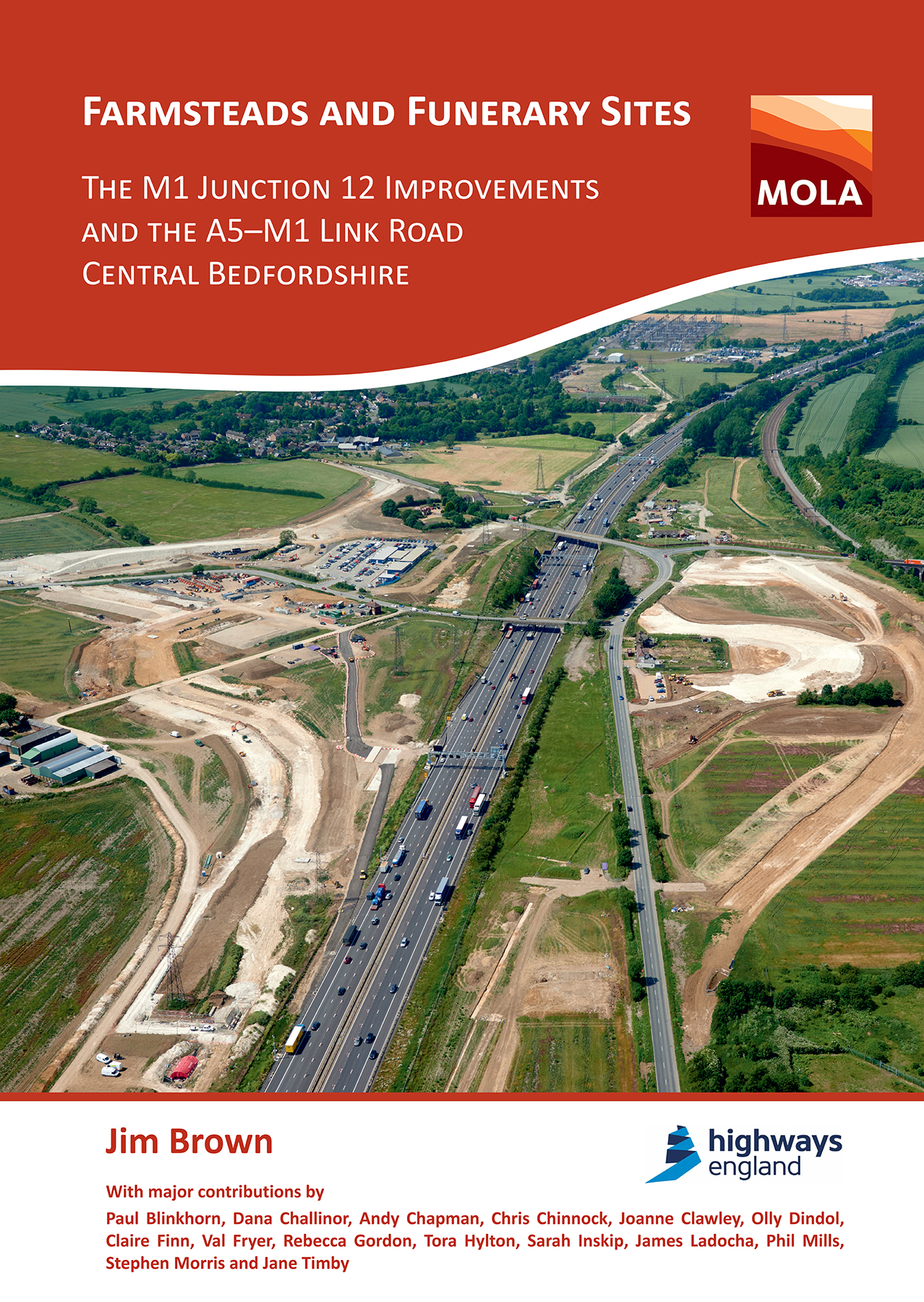
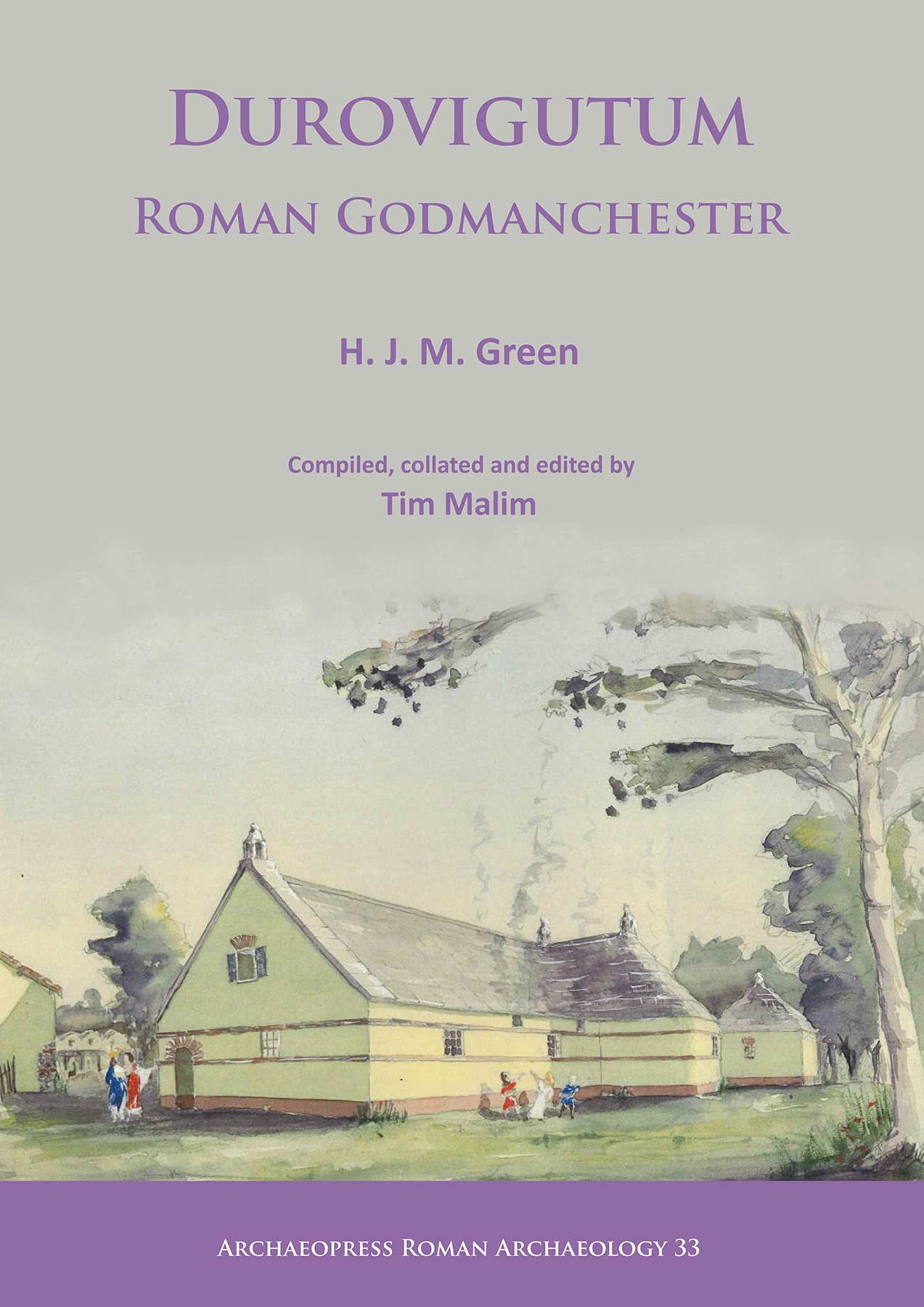
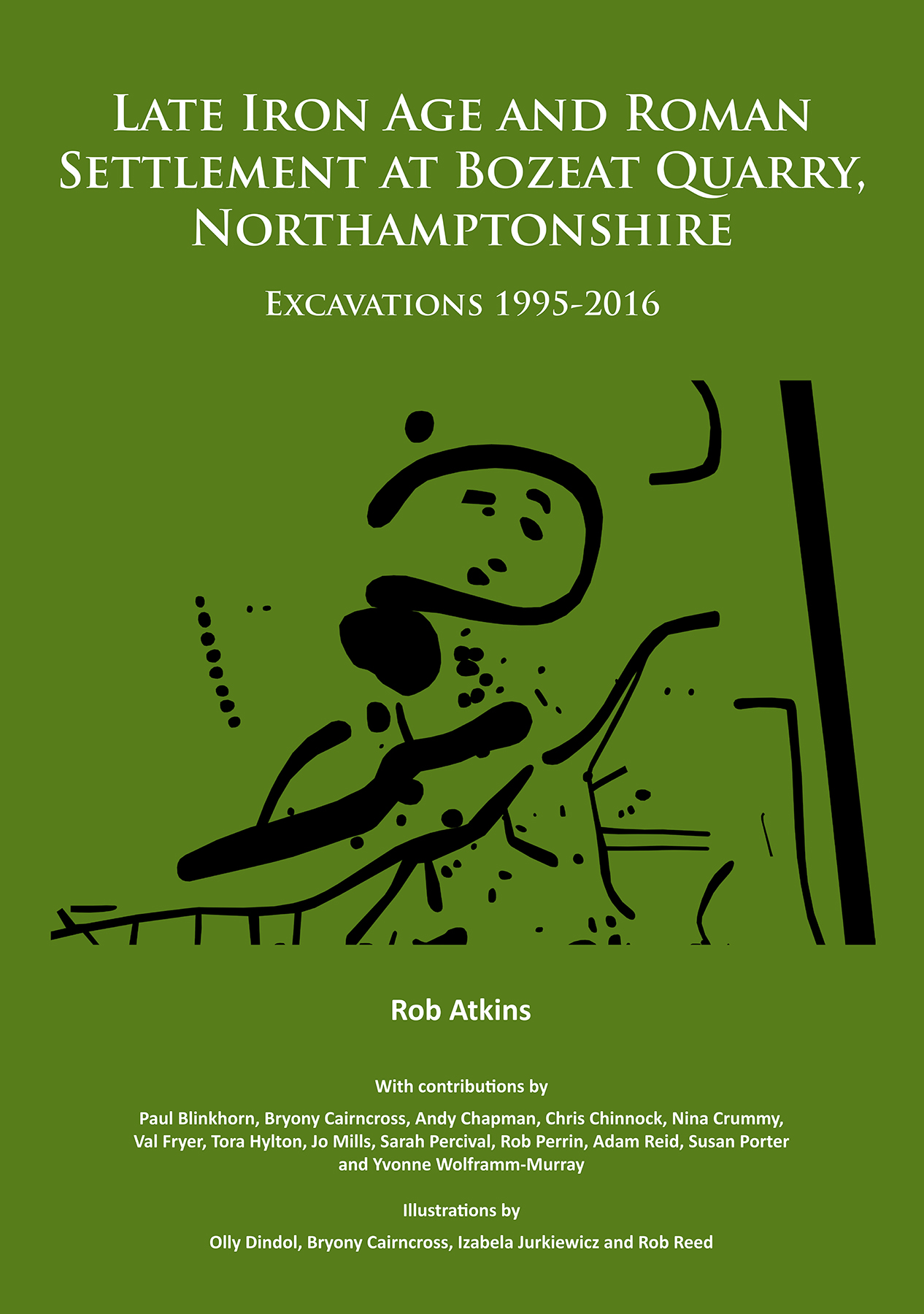
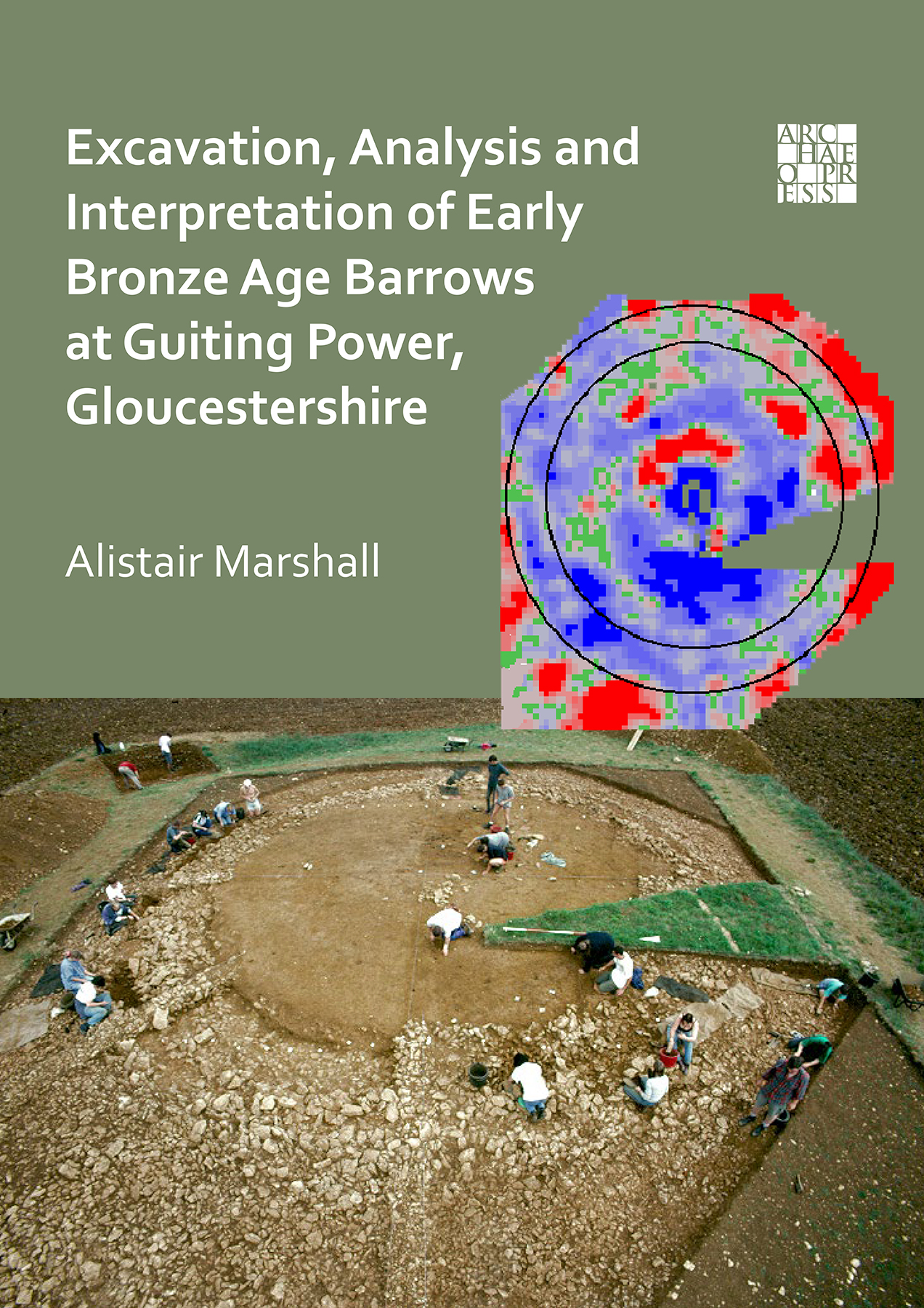
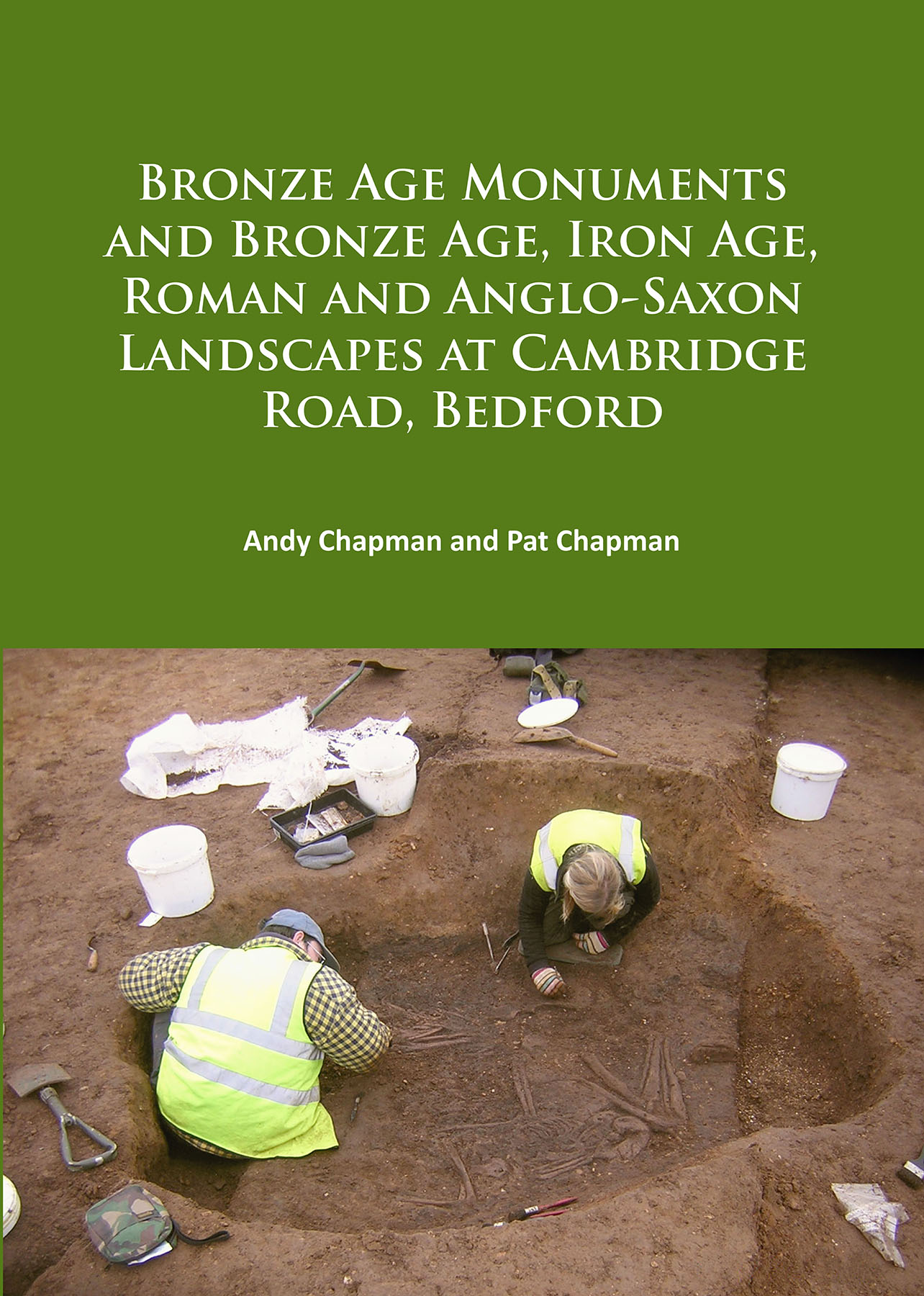
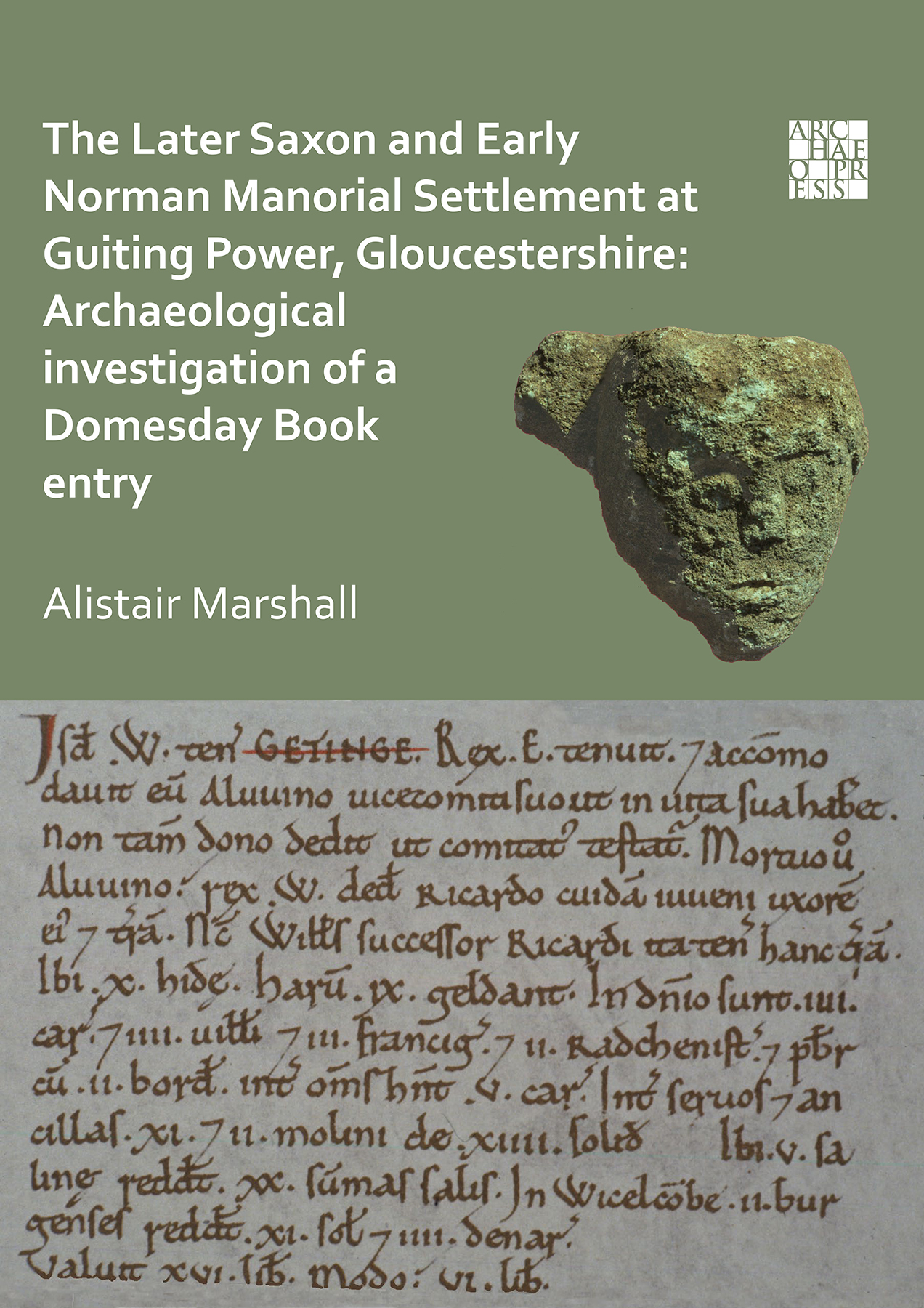
The Development of Domestic Space in the Maltese Islands from the Late Middle Ages to the Second Half of the Twentieth Century
By Alistair Marshall, George A. Said-Zammit
Hardback
£85.00
Includes PDF
PDF eBook
(personal use)
£16.00
PDF eBook
(institutional use)
£32.00
Paperback
£65.00
This study traces and analyses the evolution of domestic space in Maltese vernacular and ‘polite’ houses from medieval to contemporary times.
Contents
Chapter 1 - Introduction; Chapter 2 – The Maltese Islands: Society, Class, Economy and Settlements; Chapter 3 – Maltese Domestic Architecture; Chapter 4 – The Maltese Houses: Literary Sources, Notarial Acts, Travelogues and the National Censuses; Chapter 5 – Maltese Houses and Settlements Through the Artist’s Eye; Chapter 6 – Religious Beliefs and Traditions; Chapter 7 – Diet, Dining Fashions, Health and Education; Chapter 8 – Furniture and Costumes; Chapter 10 – Decoding Maltese Houses and Settlements; Chapter 11 – The Development of the Maltese Houses since the Second Half of the Twentieth Century; Chapter 12 – Concluding Remarks; Bibliography; Appendix 1 – The Malta Historic House Survey; Appendix 2 – Glossary of Terms

 Add to wishlist
Add to wishlist